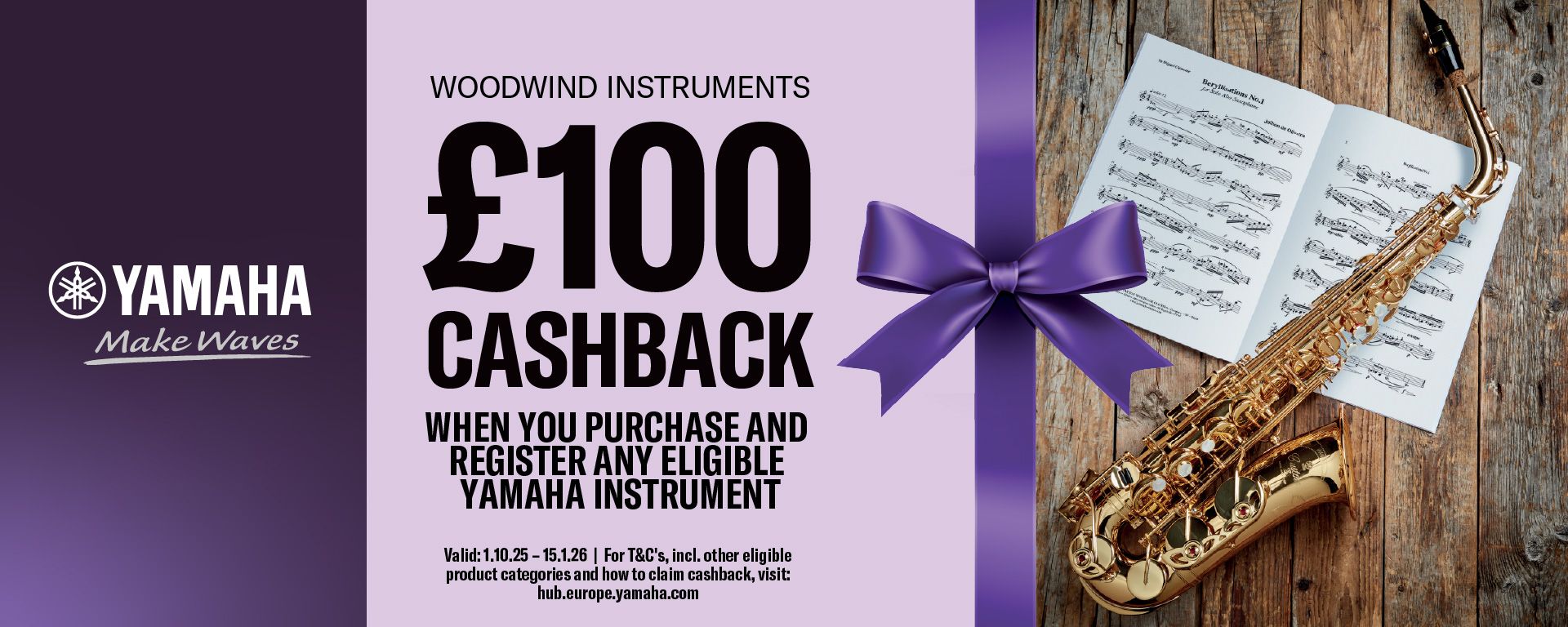Five Fantasy Pieces for Four Flutes
- Staff Pick
Staff Pick
“Quirky!”
Samuel Coleridge-Taylor is not often associated with the flute and so this arrangement of an early work for string quartet is very welcome. The style here is a mixture of Romanticism and folk music and there is no over-arching formal structure. This produces a collection of pieces each of which has a very distinct character. The Humoresque is particularly quirky with an opening and closing section bouncing along on either side of an unrelated but equally charming melody. Each movement would stand alone and combinations would work very well too. If you're looking for something slightly away from the mainstream this would be very good choice.

Pan - Journal of the British Flute Society
Coleridge-Taylor’s music has begun to come back into the spotlight in recent years as the Classical music industry tries to diversify and give rightful attention to historically underrepresented composers. Samuel Coleridge-Taylor was a mixed race British composer who grew up in Croydon and studied at the Royal College of Music under Charles Villiers Stanford. The Five Fantasy Pieces Op. 5 were written in 1896 and were originally written for string quartet. In this arrangement for flute quartet (2 flutes, alto and bass) a lot of the material is transposed up an octave to fit the range of the ensemble, giving a greater sense of brightness than in the original string version. The string quartet textures remain, allowing melodic writing for all of the instruments and plenty of interest in the alto and bass parts. As the title suggests, the piece is in five movements, beginning with a richly romantic Prelude which features crotchet triplet rhythms and lyrical melodic lines. The Serenade develops this lyricism further with a soaring melody in the first flute and some twisty chromaticism adding colour to the harmony. The central Humoresque is perhaps my favourite of the five; marked at a Presto tempo it is full of energy and sparkle, with bouncing rhythms, accents and staccatos. This movement is a lot of fun for all of the players. The fourth movement is a short Minuet and Trio, and the final movement is a boisterous dance. The piece provides challenges (especially when played at tempo) for all of the ensemble players and is likely to be an enjoyable repertoire piece for an advanced group of players. The arrangement itself works well and is presented in Forton’s house style.
Carla Rees
From the Publisher
Samuel Coleridge-Taylor (15 August 1875 – 1 September 1912) was an English composer and conductor. Of mixed race birth, Coleridge-Taylor achieved such success that he was referred to by white New York musicians as the “African Mahler” when he had three tours of the United States in the early 1900s. He was particularly known for his three cantatas on the epic poem, Song of Hiawatha by American Henry Wadsworth Longfellow. Coleridge-Taylor premiered the first section in 1898, when he was 22. He married an Englishwoman, Jessie Walmisley, and both their children had musical careers. Their son Hiawatha adapted his father’s music for a variety of performances. Their daughter Avril Coleridge-Taylor became a composer-conductor.
These five pieces come from early in Coleridge-Taylor’s life, but already show his gift for attractive melodies and inventive harmonic twists. There are moments reminiscent of the folk inspired pieces of Brahms and Dvorak, most notable the Humoresque and the Dance. The Prelude contrasts syncopated crotchet triplets with more standard rhythms to create both tensions and excitement, whilst the Serenade (in an unusual 5 beat metre) is both melodic and flowing. The Minuet and Trio shows a sense of refinement and elegance.
The music of Samuel Coleridge-Taylor needs to be more widely known, and it is hoped that this new arrangement will help to bring it to a wider audience. All parts are melodic and attractive, and particularly the alto and bass parts are fully involved in the music.
Performance duration (approx): 18'
Movements
- Prelude
- Serenade
- Humoresque
- Minuet and Trio
- Dance
Item Details
Our Stock Code: 1494570Instrumentation
- Part 1: Flute
- Part 2: Flute
- Part 3: Alto Flute
- Part 4: Bass Flute
Category: Flute Quartet Music: Four Mixed Flutes
Publisher: Forton Music
Publisher's reference: FM976
Media Type: Paperback - Score and parts (16 pages [score])
Country of Origin: UK Mainland
HS Code: 49040000

